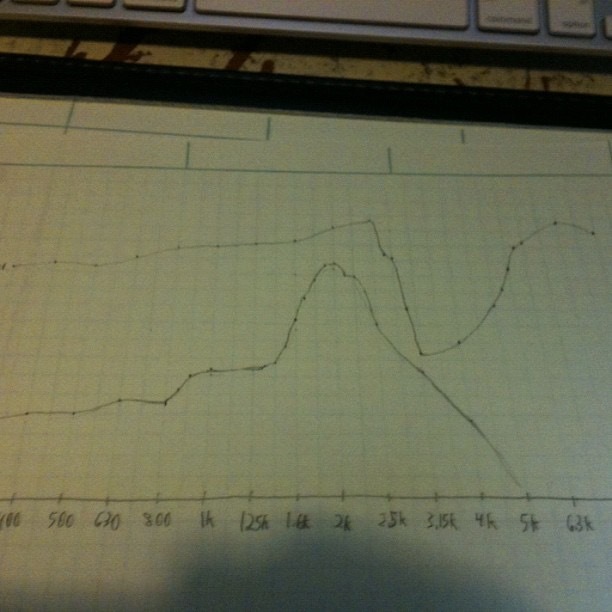HEARING LOSS
Hearing loss is a common problem that often develops with age or is caused by repeated exposure to loud noises. About 1 in 6 people in the the World have some degree of hearing impairment or deafness. The World Health Organisation estimates 360 million people are affected.
New research, in a paper published in the Journal of Experimental Biology suggests the tiny hair cells responsible for people to hear could be repaired. When these bundles of hairs vibrate in response to sound, cells at the base will send signal to the brain, which the brain then translates into a rich symphony of filling the world with sounds.
Doctors have long believed damage to these hair cells are irreversible, but new research shows that the animal world has similar hair cells in sea anemone, and when damaged those cells are repaired within hours.
The research shows that a protein harvested from sea anemones may be an ointment. When applied to damaged hair cells from mammals, purposely damaged in the ear of a mouse pups, when subsequently treated with the anemone repair protein solution though, the healthy level was reached again.
While repairing hair bundles in mouse ear tissue is not the same thing as repairing those inside the air of people suffering from hearing loss, the research suggest that a treatment may be possible in the not to distant future.
For now the research suggest, only recently damaged hair cells, for example from exceptional loud noises, close cracks of thunder, the emissions of rock-concert loudspeakers, or earpieces from mobile phones can be repaired.
However establishing a forum on Quantified Self allows us to discuss across several disciplines, apply research in 1) hair cell repair 2) in stem cell therapy and 3) in gene therapy. The combination of these therapies allows to cover a broad range of causes of hearing impairment.
Purpose of my work is bringing an improvement to therapies currently available, with your joint contribution to this forum of HEARING impairment and loss.
Best regards,
Alexander Straub
